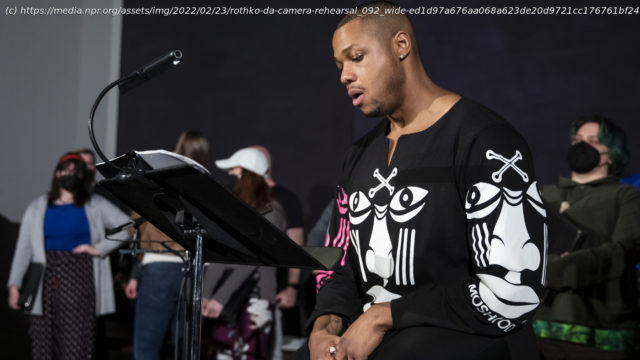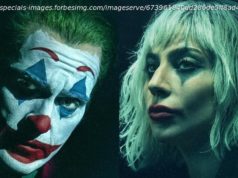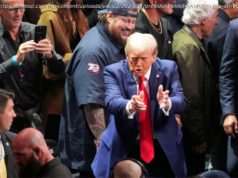Fifty years ago, composer Morton Feldman wrote music to commemorate the opening of the Rothko Chapel in Houston. A half-century later, composer, conductor, multi-instrumentalist …
Fifty years ago, composer Morton Feldman wrote music to commemorate the opening of the Rothko Chapel in Houston. A half-century later, composer, conductor, multi-instrumentalist and MacArthur «genius» Tyshawn Sorey was asked to write a new piece for this nondenominational space. Sorey’s Monochromatic Light (Afterlife) debuted Feb.19 at the Rothko Chapel. The Rothko Chapel is a mysterious space, one that invites deep contemplation. David Leslie is the chapel’s executive director. He says that as soon as you walk in from a bright, sunny Houston day, through a series of doors into this hushed, dark place, your mind and your body are both forced to shift into a very different, holy space. «Then you walk into the sanctuary, the inner sanctum, and suddenly what you’re struck by is not a large space,» Leslie observes, «but this real sense of lightness of being.» The dome of the chapel is a skylight that allows the natural light to fall upon 14 massive, dark panels painted by American artist Mark Rothko. Sorey says that he hopes his music gives listeners the same feeling of being enveloped, in the same way that Rothko’s huge paintings provide. «As he said, if you’re looking at a small picture, you’re sort of outside of the experience,» Sorey says. «When you’re looking at a large picture, you’re sort of engulfed in that experience. You’re immersed in that experience.» At first glance, the panels can look flat, nearly black. But as you sit with them for a while, you start noticing so much else. This suite of paintings were some of Rothko’s last work, and he never saw them in the space himself. Rothko’s spirit and intention are everywhere here, Sorey notes. «You get a sense that there’s a lot of activity that’s happening — the expression of time, the expression of movement…. And these sort of humanistic qualities that went into these paintings, the brushstrokes, the gradations of color. So there’s activity going on there,» Sorey says. «At the same time,» he says, «there’s a sort of inaction that’s there as well. The painting is the painting itself. Is it moving? No, it’s not doing anything. The change that is really happening is in that skylight that’s on the top of the chapel where the light is changing. Every minute, there’s something about the colors of those panels that’s changing. And it’s revealing something else, it’s revealing another shade of that color or is revealing more of this activity or less of this activity.» With Morton Feldman as one of his longtime compositional heroes — alongside the likes of Roscoe Mitchell and Bill Dixon — Sorey decided to use a similar set of musical forces to that used by Feldman some 50 years ago. For his Rothko Chapel, Feldman employed percussion, celesta, viola, choir and soprano; Sorey added a piano and swapped the soprano soloist for a darker-voiced bass-baritone.






